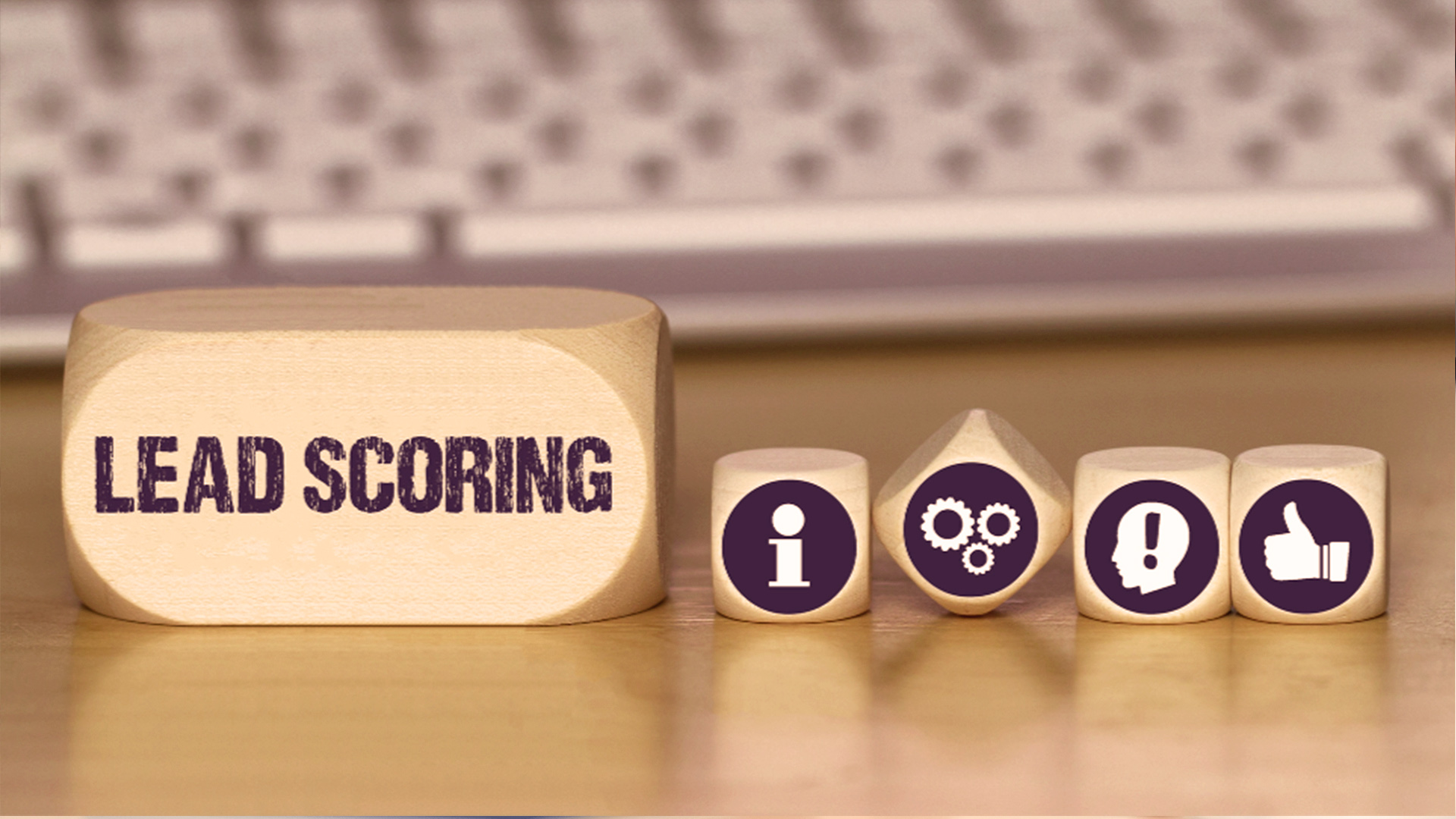
Traditional lead scoring, based on fixed rules, has lost its effectiveness due to the growing volume and complexity of data. The main challenge for marketing teams is to predict with greater certainty which leads are most likely to convert, using their own historical data to do so.
In this article, we explain how to implement an automatic lead scoring system based on machine learning, connected to your CRM, aligned with your buyer persona's lifecycle stages, and optimized for the automation of your marketing processes.
Traditional lead scoring models are often based on static rules that are difficult to change or adapt to a lead's profile. They assign fixed points to specific actions or company information (budget, market segment, geographic location, opening an email, or visiting a page) without considering the context or the lead's overall behavior.
This rigidity limits predictive capacity and generates inaccurate classifications, which directly affects the efficiency of the sales funnel.
In contrast, a lead scoring system based on machine learning learns from your own historical conversion data and operates automatically, with a minimal probability of error or assumption-based scoring, this system analyzes real patterns in the behavior of leads that have progressed through the sales funnel and trains models to identify predictive signals that often go unnoticed in manual approaches, thereby minimizing human error. The focus is not on the volume of activity, but on the quality and sequence of interactions, as well as the value that this business opportunity can generate for your company.
The result is measurable improvements in key indicators such as CAC (Customer Acquisition Cost), MQL (Marketing Qualified Leads) conversion rate, and close rate. Smarter scoring allows for better prioritization, reduces unproductive efforts, and enables more precise automation at each stage of the lead lifecycle.
To implement a machine learning lead scoring system, it is essential to consider a series of prerequisites to ensure the quality of the model and its integration with your sales and marketing ecosystem:
It is essential to have well-structured historical lead data, with information on their demographic and socioeconomic profile, behavior, acquisition source, and outcomes (conversion or loss) to facilitate lead scoring segmentation.
Having clear stages that a lead goes through (from subscription to becoming a closed customer) allows for training models that align with the reality of your funnel. If you don't have defined lifecycle stages, now is the time to do so and perform an initial segmentation of your historical leads.
It is crucial that platforms like HubSpot , Salesforce , or ActiveCampaign are connected so that lead scoring translates into automatic and personalized actions. These platforms have already developed automated lead scoring tools that facilitate the execution of your marketing strategy according to your company's needs.
The support of a data analyst or technical team is key to preparing the data, training the models, and monitoring the system's performance. This ensures its optimal operation and allows for addressing any event that requires lead scoring optimization.

Data cleaning and labeling:
Machine learning model selection:
Defining scoring thresholds:
CRM integration:
Continuous optimization:
A lead scoring system based on machine learning refines lead classification and also becomes the engine of an advanced marketing automation strategy.
By connecting scoring with nurturing flows, you can activate personalized sequences according to each contact's qualification level, this allows you to take your inbound marketing strategy towards hyper-personalization of your tactics, seeking the best results.
This way, MQLs receive conversion-oriented content, while SQLs can be passed directly to the sales team. Unqualified leads, on the other hand, can enter long-term maturation paths. This approach enables intelligent campaigns adapted to the lead's real moment within the lifecycle, optimizing resources and increasing funnel efficiency.
At Venditori , we have applied machine learning lead scoring systems in both our internal processes and client projects, achieving remarkable results in conversion and the advancement of leads through the lifecycle stages.
According to a study by the journal Information Technology and Management, companies achieve an average conversion rate of 10%, and only 1% to 6% achieve a successful close rate. A well-structured, automated lead scoring system can increase the conversion rate by 15% to 20%, directly impacting the average deal size of opportunities quoted with your company and, consequently, the successful close.
In both scenarios, the use of historical data and predictive models has allowed for more precise prioritization of opportunities, reduction of unnecessary sales efforts, and focusing marketing actions according to the lead's lifecycle stage. The impact on the pipeline has been direct: a higher volume of qualified MQLs, better conversion to SQLs, and a significant reduction in the average time to close.
To achieve these results, it is key to avoid common mistakes such as training models with incomplete data, not defining funnel stages correctly, or not periodically reviewing the system's accuracy. Continuous improvement is as important as the initial model.
Implementing a machine learning lead scoring system doesn't complicate the sales process; on the contrary, it simplifies it by allowing for better prioritization and decisions based on real data.
By putting historical information at the service of the sales team, guesswork is eliminated, and the value of each contact is maximized. Machine learning does not replace intuition or sales experience; it complements them and elevates them to a new level of precision. If you already have a solid database, you can start building a system that boosts your pipeline today.
Don't know how to do it? At Venditori , we know how to implement it and make it work. We can advise you. Schedule a meeting with us and let's talk.

